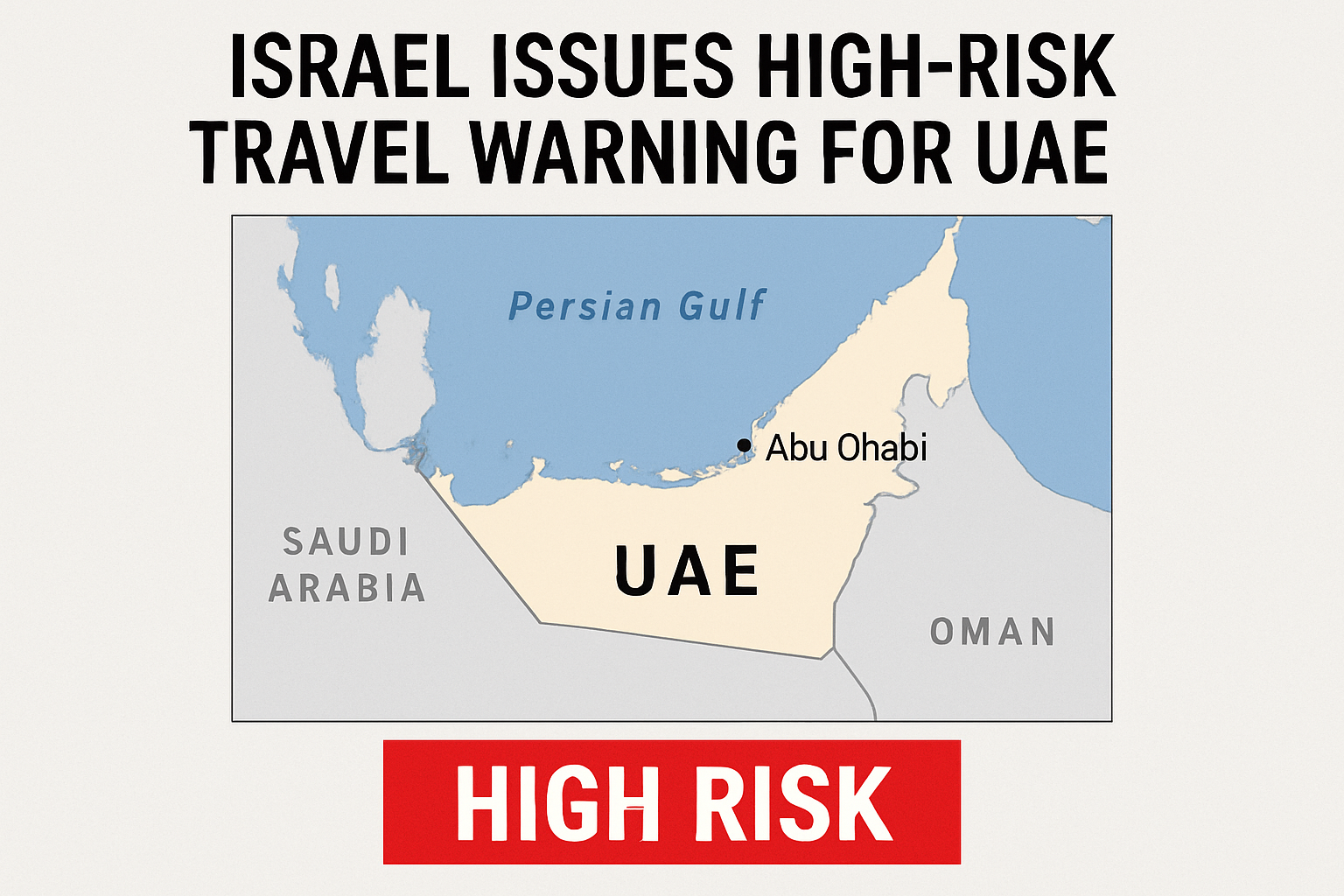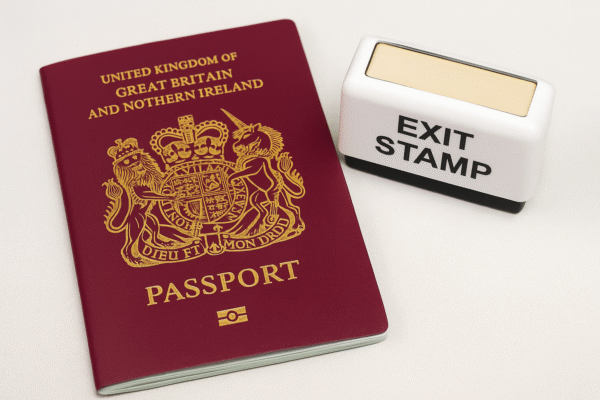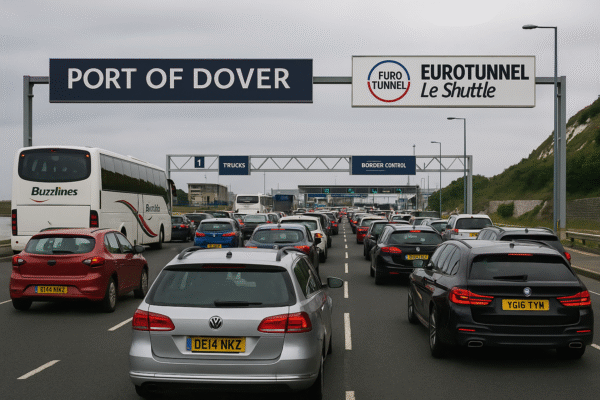British tourists planning their European getaways will soon encounter sweeping changes in how they travel to the Schengen Area, as the European Union rolls out two major systems—ETIAS (European Travel Information and Authorisation System) and the Entry/Exit System (EES)—designed to tighten border controls and enhance travel security across the region.
Beginning in 2026, UK travelers will be required to apply for authorization before visiting the EU, submit biometric data at the border, and pay a mandatory travel fee, part of the EU’s wider digital border transformation.
What Is the Entry/Exit System (EES)?
The EES is a high-tech border control mechanism designed to track and record entries and exits of non-EU nationals, including UK citizens, traveling to Schengen member states. This system will replace traditional passport stamping and automate checks using facial and fingerprint recognition.
Although originally scheduled for late 2024, the European Council and Frontex confirmed implementation will now be delayed until April 2026, allowing EU countries time to upgrade their border infrastructure.
Travelers will still have their passports stamped during the transition phase, but once EES is fully functional, biometric data will be used to monitor the 90-day limit for short-stay visits within a 180-day period across the Schengen Zone.
ETIAS Authorization: What UK Travelers Should Know
Alongside EES, the ETIAS system will also become mandatory by October 2027. This visa-waiver pre-screening tool requires non-EU travelers from visa-exempt countries, including the UK, to register online before traveling.
Key Details of ETIAS:
- Fee: Initially proposed at €7, now expected to rise to €20 (£17.30)
- Validity: ETIAS approval is valid for 3 years or until passport expiry
- Who Needs It: All UK passport holders (except for Irish citizens due to the Common Travel Area)
- Where It Applies: To all 26 Schengen countries, including France, Spain, Italy, Greece, Germany, and more
Travelers must fill out a digital form providing basic personal information, travel history, and background questions. Once approved, the ETIAS confirmation will be electronically linked to their passport.
Why Are These Changes Being Implemented?
The European Commission states that EES and ETIAS aim to enhance security, reduce immigration risks, and streamline entry procedures at EU borders. The new systems will help identify overstayers and identity fraud, improve border efficiency, and ease congestion at busy airports and land crossings.
The UK’s departure from the EU (Brexit) means British citizens no longer benefit from freedom of movement. These new regulations are part of the standard protocol applied to all non-EU third countries, putting UK tourists in the same category as travelers from the US, Canada, and Australia.
What Does This Mean for UK Tourists?
While the new entry requirements will not stop UK citizens from visiting Europe, they will add extra steps and additional costs to the travel process. Here’s what travelers can expect:
- Advance Planning: UK travelers will need to apply for ETIAS ahead of time and ensure approval before their departure.
- Longer Processing Times at Entry Points: Until systems are fully optimized, biometric scanning may lead to longer queues, especially during busy seasons.
- Increased Travel Costs: With ETIAS expected to cost €20 and potential administrative fees from travel agencies, costs may rise, particularly for frequent travelers.
- Transition Period for ETIAS: A 6-month grace period is expected when ETIAS first launches in 2027, allowing travelers to adjust to the new system.
How to Prepare: Travel Tips for UK Citizens Visiting Europe
- Monitor Official Updates: Follow announcements from the UK Foreign Office and EU Commission websites for the latest on EES and ETIAS timelines.
- Check Passport Validity: Ensure your passport is valid for at least three months beyond your travel dates, a Schengen requirement.
- Apply for ETIAS Early: Once live, apply at least 72 hours in advance to avoid delays or denial of boarding.
- Budget for Fees: Factor the ETIAS fee into your travel budget, especially for family trips or multiple entries per year.
- Travel Insurance: Ensure you have adequate coverage, as some Schengen countries may require proof of health insurance at the border.
Long-Term Benefits Despite Initial Challenges
Though many British holidaymakers may view these changes as an inconvenience, EU authorities suggest the new systems will ultimately benefit travelers by:
- Speeding up border checks through automated systems
- Enhancing safety by identifying threats before arrival
- Improving data accuracy regarding visitor movement
Over time, the phasing out of manual passport stamps will make European travel more digital, faster, and safer.
Final Word: A New Era for UK-EU Travel
The introduction of the EES and ETIAS represents one of the most significant changes to UK-EU travel in decades. While it introduces costs and complexity, it also signals a broader push for digitized border control across the continent.
With appropriate preparation, British travelers can continue to explore their favorite European destinations—from the Eiffel Tower in Paris to the beaches of Santorini—with just a few more steps in between.
As travel resumes in full swing post-pandemic and with EU border modernization on the horizon, 2026–2027 will redefine how the UK experiences Europe.
For more travel news like this, keep reading Global Travel Wire





















